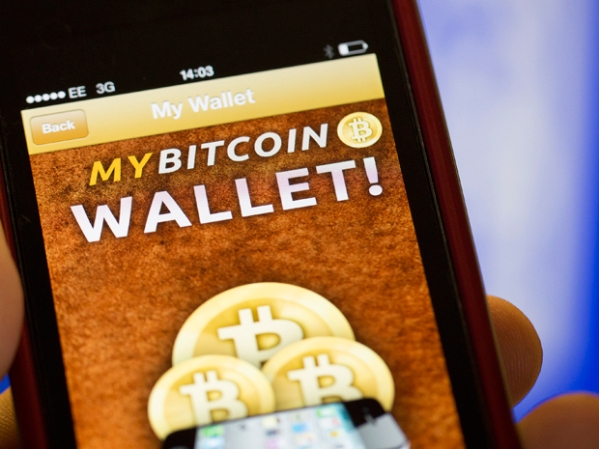San Francisco social media consultant Sarah Slocum says she was attacked this weekend for using Google Glass in a local bar. On her Facebook profile, Slocum said she was “verbally and physically assaulted” by bar patrons who jeered at her for using Glass and, she alleges, snatched the device off of her face. Slocum also said that she was robbed after leaving her purse in the bar as she pursued her alleged attackers.
She has posted a video of part of the incident to YouTube, though it doesn’t show the all the details of the alleged attack:
>
Another video, shared with San Francisco television station KRON4, shows one of the alleged attackers telling Slocum that people like her are “destroying” the city of San Francisco — a comment that ties this incident into a growing backlash against tech companies such as Google, Twitter and others in the city.
San Francisco Police Department Officer Albie Esparza confirmed that a woman reported being involved in an altercation over Google Glass after they believed she was recording them without their consent in a bar Saturday at 1:45 a.m. He said that no suspects are in custody.
Wearable technology is moving people into a brave new world with new rules about how to use evermore ubiquitous gadgets. The path to acceptance, however, is not a smooth one. Google’s head-mounted Glass computer, for example, faces a long road ahead to convince the general public that smart glasses will eventually be as accepted as camera-phones and earbuds. The device has many of the same functions as a smartphone, but lets users read e-mail, see notifications, get directions and take calls via a screen on their faces rather than on their smartphones.
The San Francisco incident follows a handful high-profile reports of negative, sometimes violent reactions that Google Glass users have reported as the new technology causes rifts with restaurant owners, law enforcement officials and movie theater owners.
From a legal standpoint, those fights have largely come out in Google’s favor. A San Diego court dismissed a case against a woman pulled over for using Glass last month. But more cases could be on their way, as a handful of states have also discussed legislation to ban Glass behind the wheel amid worries that having a small screen hovering in users’ peripheral vision will pose a danger on the roads.
Education has been the main tool in Google’s arsenal as it faces questions about the implications Glass has for privacy, distracted driving, piracy and a general unease among some folks who see a person walking around with a head-mounted computer.
The firm, which has already taken the tech for demonstrations on Capitol Hill, has also been touring the country and showing Glass to mayors, state legislators and the general public in order to let people know more about the benefits it sees in the technology.
Google has also placed considerable weight on its beta testers — which it calls Explorers — to act as ambassadors for the technology. Last week, Google released a list of dos and don’ts for Explorers to give them basic etiquette and safety tips on using the device and to remind them to be respectful when facing Glass doubters.
“New technology raises new concerns which is why educating Explorers and those around them is a top priority for the Glass team,” Google said in a statement. “The point of the Explorer program is to get Glass in the hands of people from all walks of life and see how they use it out in the world. Our Explorers provide us with continuous feedback and on the whole, they act as positive ambassadors for Glass on a daily basis. While Glass is currently in the hands of this small group, we find that when people try it for themselves they realize Glass connects people more with the world around them than distracts them from it.”
Joseph White, a Rockville-based consultant and Explorer, said that he’s only faced one negative reaction to his use of Glass since he started using it in December — and it was not nearly as confrontational as Slocum’s alleged encounter.
“The closest experience that I have had to [Slocum’s] is someone coming up to me at an Organizing for America event . . . and asking me ‘What are you recording right now?’ ” he said. White, who is in his 60s, said that while he’s had some conversations with people about the privacy implications of Glass, those same people have also asked to try on the device and have their picture taken with him.
“I have never been asked to take them off,” he said. “And I have been in restaurants, some bars — just out in public at different functions.”





You must be logged in to post a comment.